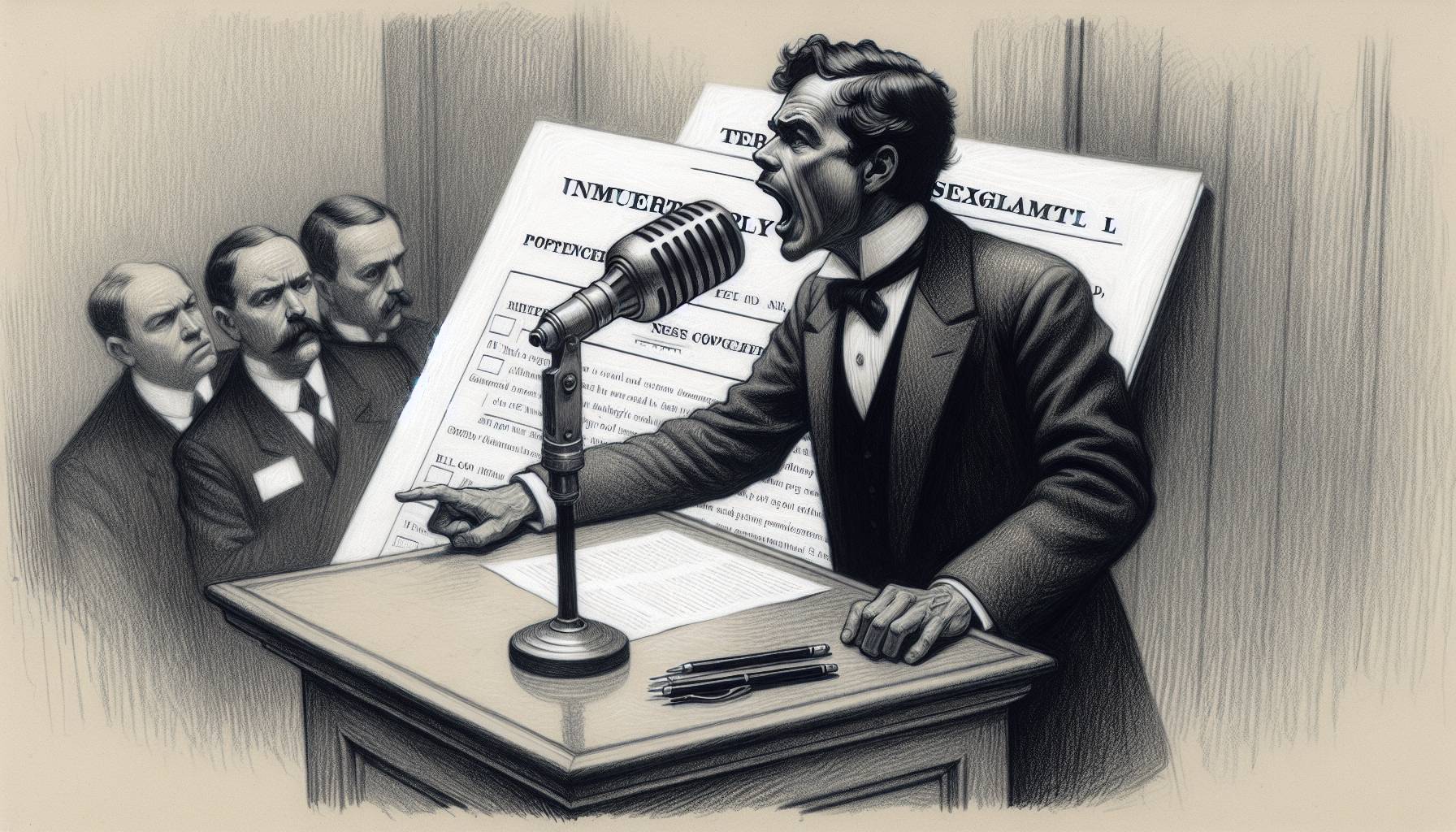Your goal as a business owner is for every employee to reach or exceed all performance standards. However, there may be circumstances in which a worker’s performance falls short of expected levels of excellence. An employee Performance Improvement Plan, or PIP, may be advantageous in certain situations for both the employee and the company.
What Is an Employee Performance Improvement Plan and How Does It Work?
An employee Performance Improvement Plan allows you to warn an employee of performance deficiencies impeding their ability to succeed. In addition, it enables you to address a worker’s failure to fulfill certain performance objectives. Alternatively, you can use this plan to investigate strategies to alleviate any concerns about worker performance.
What Are the Advantages of Having a Performance Improvement Plan in Place?
Providing an employee with a Performance Improvement Plan will help them improve their performance. The plan allows you to comment on a worker’s performance and offer suggestions for enhancing their performance. The plan can also inspire a person to be more productive, increase their efficiency and help them excel in their work.
Are Performance Improvement Plans Effective in Improving Performance?
PIPs have the potential to be successful if they are designed and implemented correctly. For example, a corporation can use a Performance Improvement Plan to identify an employee’s deficiencies. Additionally, the employer can clarify how the employee can make improvements.
The PIP provides insights guaranteeing the individual stays on track as they strive to become more effective in their role. The employer should evaluate the worker’s performance in the weeks and months following the implementation of a PIP. Then, the company can determine whether or not the individual has the potential to succeed.
It’s important to note that Performance Improvement Plans provide no assurances. Employees may struggle to accomplish performance goals even if a company commits significant energy, time, and resources into a PIP. In these instances, a corporation may be forced to terminate a worker’s employment.
For the most part, however, implementing Performance Improvement Plans will positively impact employee performance.
Tips for Developing and Implementing a Successful Performance Improvement Strategy
To build and implement a PIP that achieves the objectives you desire, consider the following three recommendations:
1. Clearly Define Your Performance Objectives
Determine what you hope to achieve through the use of a PIP. Then establish plan objectives and outline the measures that an employee will need to follow to reach them.
2. Maintain a Positive Frame of Mind
While a PIP is being implemented, provide continuing support to the employee. This is essential to the success of the improvement plan. Employees must feel there is genuine interest in their success.
In addition, make sure you give them ample training to help them improve and succeed.
It is wise to prepare a response to any concerns or queries raised by a worker. Be certain to maintain a good attitude, so your employee will likely do the same. This has the potential to produce great outcomes for both your employee and your company.
3. Identify Consequences
Employees should understand what will happen if they do not meet performance goals. This is important to help them succeed following the completion of a PIP. Therefore, if an employee’s performance does not meet your company’s expectations, be prepared to take action.
These actions must be clearly specified in the employee’s Performance Improvement Plan. This assures there is no misunderstanding about what is expected and what will happen if the expectations are not met.
Find the Best Employees for Your Company
As a business owner, you want to attract top talent to your organization. Therefore, use your Performance Improvement Plan as a guide to help determine the kind of employees you are looking for. In addition, you could use it when interviewing new job candidates as a checklist of qualifications.
While they may guide your hiring process, using your PIPs to assist, train, and maintain current staff is ideal. Implementing an employee Performance Improvement Plan is typically the best option to increase productivity and performance standards.
Image Credit: The Coach Space; Pexels; Thank you!













